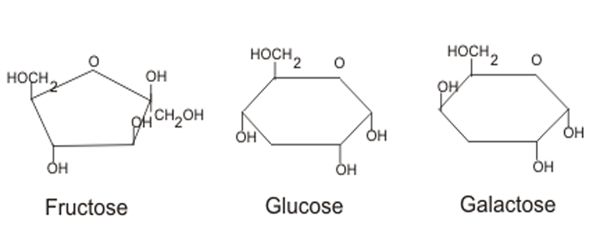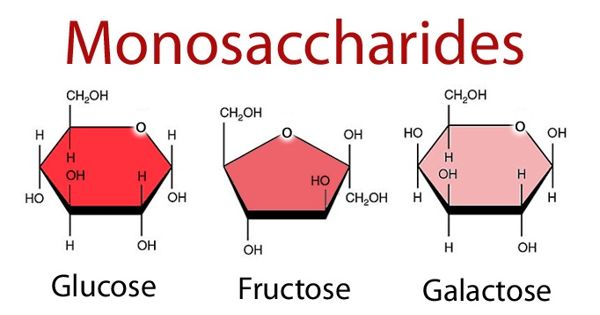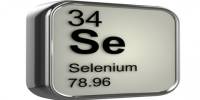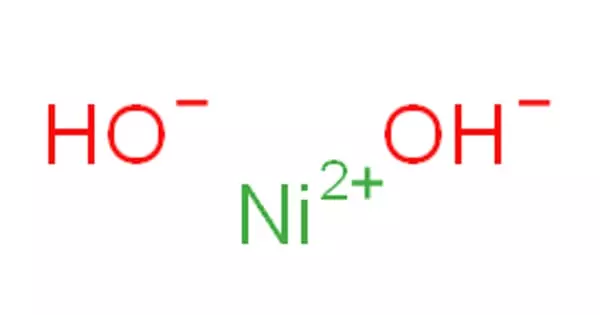A monosaccharide is the most basic form of carbohydrates. Monosaccharides are the simplest form of carbohydrates. They are simple sugars in which there are one oxygen atom and two hydrogen atoms for each carbon atom present in the molecule. These are any of the basic compounds that serve as the building blocks of carbohydrates. They consist of one sugar and are usually colorless, water-soluble, crystalline solids. They have general formula as (CH2O)2. Some monosaccharides have a sweet taste.
Monosaccharides are the simplest form of carbohydrate and cannot be further hydrolyzed to smaller subunits.
These can by combined through glycosidic bonds to form larger carbohydrates, known as oligosaccharides or polysaccharides. Examples of monosaccharides include glucose (dextrose), fructose, galactose, and ribose. Monosaccharides are the building blocks of disaccharides like sucrose (common sugar) and polysaccharides (such as cellulose and starch). These are polyhydroxy aldehydes or ketones; that is, they are molecules with more than one hydroxyl group (―OH), and a carbonyl group (C=O) either at the terminal carbon atom (aldose) or at the second carbon atom (ketose). The monosaccharide which contains aldehyde is known as aldose and those which contain a ketone group are known as a ketose. They are used as a source of energy in respiration.

Glucose, fructose and galactose are the three monosaccharides important in nutrition. These single sugar molecules contain 6 carbon atoms, 12 hydrogen atoms and 6 oxygen atoms. Further, each carbon atom that supports a hydroxyl group (except for the first and last) is chiral, giving rise to a number of isomeric forms all with the same chemical formula. Among these three common monosaccharides, glucose is of most significance as it always exists as one of the two sugar molecules found in a disaccharide, plus it is the basic unit that makes up starch and glycogen. Furthermore, it is worth mentioning that our brain is almost exclusively dependent on glucose as energy source.
For instance, galactose and glucose are both aldohexoses, but they have different chemical and physical properties. They are important building blocks for large molecules. A monosaccharide is a type of monomer, or molecule that can combine with like molecules to create a larger polymer. The resulting monosaccharide is a crystalline water-soluble solid.
Monosaccharides have many functions within cells. First and foremost, monosaccharides are used to produce and store energy. Most organisms create energy by breaking down the monosaccharide glucose, and harvesting the energy released from the bonds. Other monosaccharides are used to form long fibers, which can be used as a form of cellular structure.
Information Source:
















